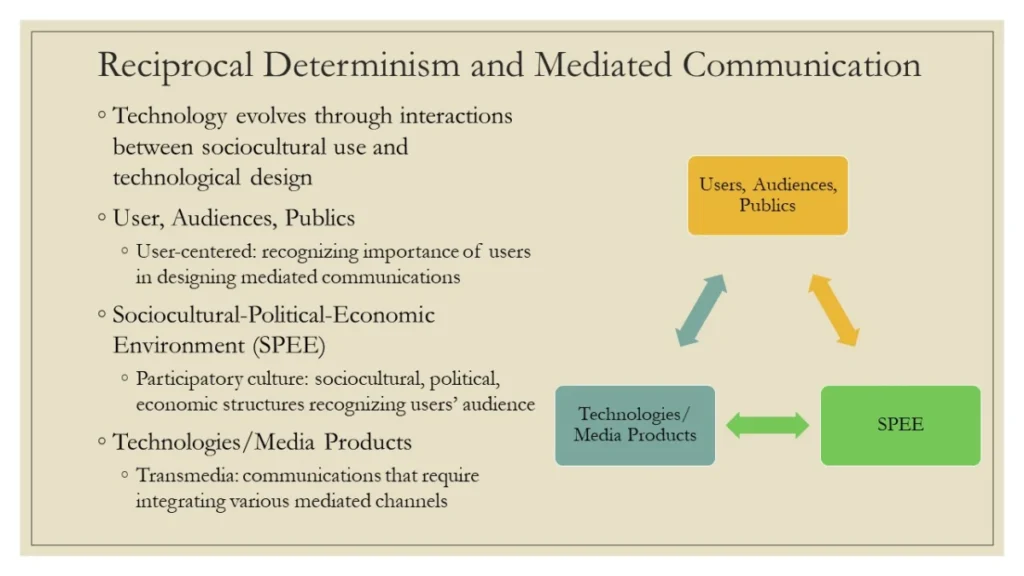
Introduction
Hit-and-run incidents are serious legal offenses with severe consequences. If you’ve been involved in such an event, you may feel a mix of fear, guilt, and uncertainty. One pressing question often arises: How long will it take for the police to find me? This article explores the factors influencing the investigation, the technology involved, legal repercussions, and what steps you should consider.
Understanding how hit-and-run cases are investigated is essential not just to comprehend the risks but also to make informed decisions moving forward.
How Do Police Investigate Hit-and-Run Cases?
Police rely on a combination of technology, witness statements, and physical evidence to track down offenders in hit-and-run incidents. Here are some critical components of the investigation process:
1. Surveillance Footage
- Traffic Cameras: Many urban areas have surveillance cameras at intersections, highways, and public spaces. These can capture license plates or vehicle descriptions.
- Private Cameras: Doorbell cameras and business security systems are additional sources of evidence.
2. Eyewitness Testimonies
- Witnesses often play a vital role by providing details about the vehicle, such as color, make, model, and direction of travel.
- Statements about the driver’s appearance or behavior are also considered.
3. Vehicle Damage
- Police inspect debris at the scene, such as broken headlights, paint transfers, or tire marks.
- Using this evidence, they can identify the make and model of the offending vehicle.
4. License Plate Recognition (LPR) Technology
- LPR systems can scan and log license plates in real-time, enabling law enforcement to match the vehicle involved in the hit-and-run.
5. Database and Registry Checks
- Using the evidence collected, police cross-reference information with vehicle databases.
How Long Does It Take for the Police to Find a Hit-and-Run Driver?
The timeframe varies depending on several factors:
| Factor | Impact on Timeframe |
|---|---|
| Quality of Evidence | Clear surveillance footage or detailed witness statements can expedite the investigation. |
| Location of Incident | Urban areas with cameras may see faster resolutions compared to rural regions. |
| Cooperation of Witnesses | Quick reports and accurate details from witnesses help speed up investigations. |
| Severity of Incident | Cases involving severe injuries or fatalities are prioritized by law enforcement. |
| Technology Used | Advanced tools like LPR and forensic analysis can drastically shorten investigation times. |
In cases with robust evidence, police can locate the offender within hours or days. However, poorly documented cases may take weeks, months, or remain unsolved.
Legal Consequences of a Hit-and-Run
Understanding the legal repercussions is crucial. Hit-and-run laws vary by jurisdiction, but they generally categorize offenses based on the severity of the incident.
1. Misdemeanor Hit-and-Run
- Definition: Leaving the scene of an accident causing property damage without exchanging information.
- Consequences: Fines, license suspension, and possible jail time (usually less than one year).
2. Felony Hit-and-Run
- Definition: Fleeing an accident that results in injury or death.
- Consequences: Heavier fines, long-term license revocation, and significant prison time.
3. Civil Liability
- Victims can file lawsuits for medical expenses, property damage, and emotional distress.
Steps You Should Take After a Hit-and-Run
If you’ve been involved in a hit-and-run, here’s what to consider:
1. Contact an Attorney
Legal counsel can guide you through the process, protect your rights, and assist with negotiations or plea deals.
2. Turn Yourself In
Voluntarily reporting to the police demonstrates accountability and can potentially mitigate penalties.
3. Cooperate Fully
Providing accurate information and evidence can improve your standing during investigations and legal proceedings.
4. Understand Your Rights
Avoid self-incrimination and ensure you are aware of the legal processes in your jurisdiction.
Hit-and-Run Investigation Tools: Specs and Features
Here’s a detailed table of the technology and tools used by law enforcement to solve hit-and-run cases:
| Tool/Technology | Description | Features |
|---|---|---|
| Traffic Cameras | Capture live footage of roads and intersections. | High-resolution, night vision, real-time feed |
| License Plate Recognition (LPR) | Scans and logs vehicle plates to identify offenders. | Database integration, real-time alerts |
| Forensic Analysis Tools | Analyze debris, paint, and tire marks to identify vehicle make and model. | Precision matching, advanced lab support |
| Witness Databases | Store and organize eyewitness reports. | Digital accessibility, cross-referencing |
| Public Surveillance Systems | Security cameras installed in public areas like parking lots. | Wide coverage, integration with police systems |
| Drone Surveillance | Used in some areas to track vehicles after hit-and-runs. | Aerial view, live tracking capabilities |
Why Hit-and-Run Offenders Are Caught More Frequently Today
1. Improved Surveillance Infrastructure
Increased use of traffic cameras, dashcams, and private security systems makes it harder for offenders to escape unnoticed.
2. Digital Databases
Modern technology allows law enforcement to cross-reference data quickly, streamlining investigations.
3. Public Involvement
Social media and community networks amplify awareness, encouraging people to share tips or report suspicious vehicles.
FAQ
1. What Should I Do If I Witness a Hit-and-Run?
- Stay calm and take note of details such as the vehicle’s make, model, color, and license plate.
- Provide this information to the police immediately.
2. Can You Go to Jail for a Hit-and-Run?
Yes. Depending on the severity of the offense, you could face misdemeanor or felony charges, leading to jail or prison time.
3. How Long Can Police Investigate a Hit-and-Run?
Most jurisdictions impose a statute of limitations on hit-and-run cases, ranging from 1 to 6 years. However, cases involving fatalities may have no time limit.
4. Does Insurance Cover Hit-and-Run Incidents?
Victims can claim coverage under uninsured motorist policies if the offender is not identified.
Conclusion
Hit-and-run offenses are taken seriously by law enforcement, and advancements in technology significantly improve their ability to track down offenders. If you’ve been involved in such an incident, it’s essential to understand the legal consequences, the investigation process, and the importance of taking responsibility.
Turning yourself in not only demonstrates integrity but may also lead to leniency in legal proceedings. Ultimately, staying informed and proactive can help navigate this challenging situation.



